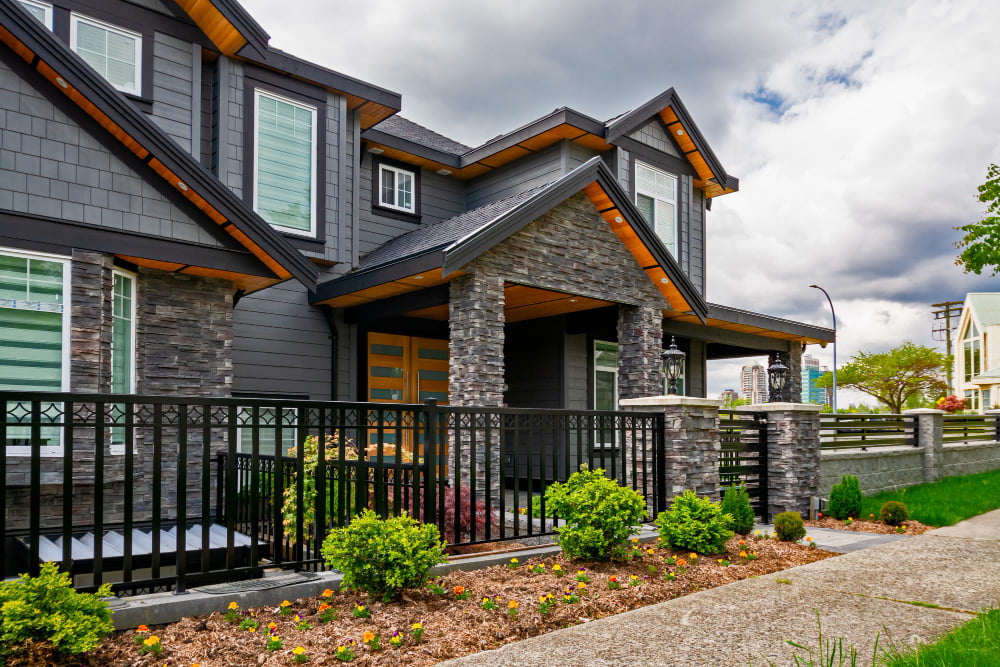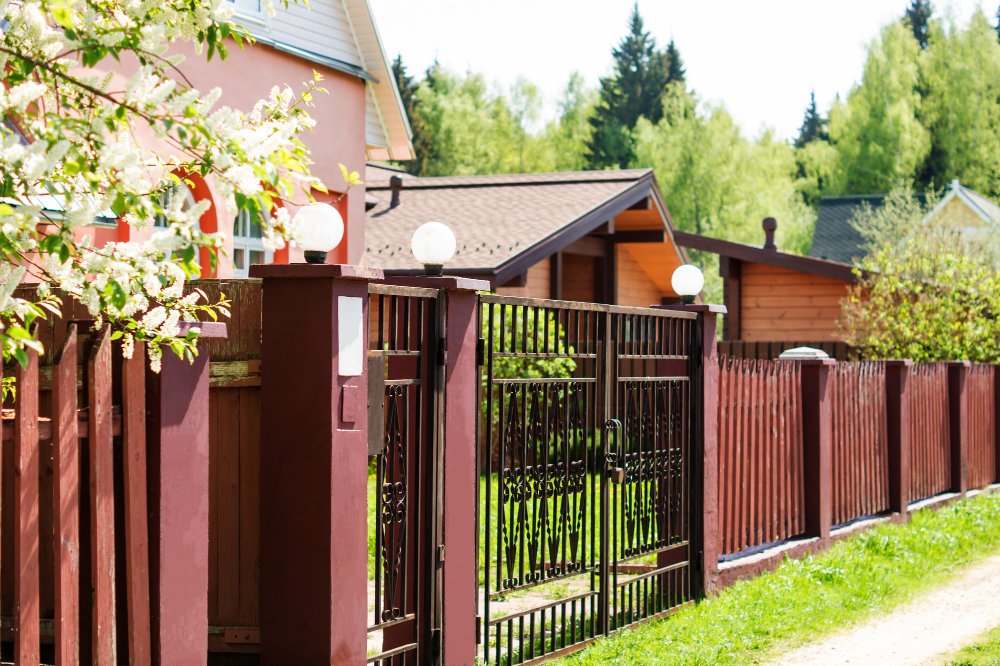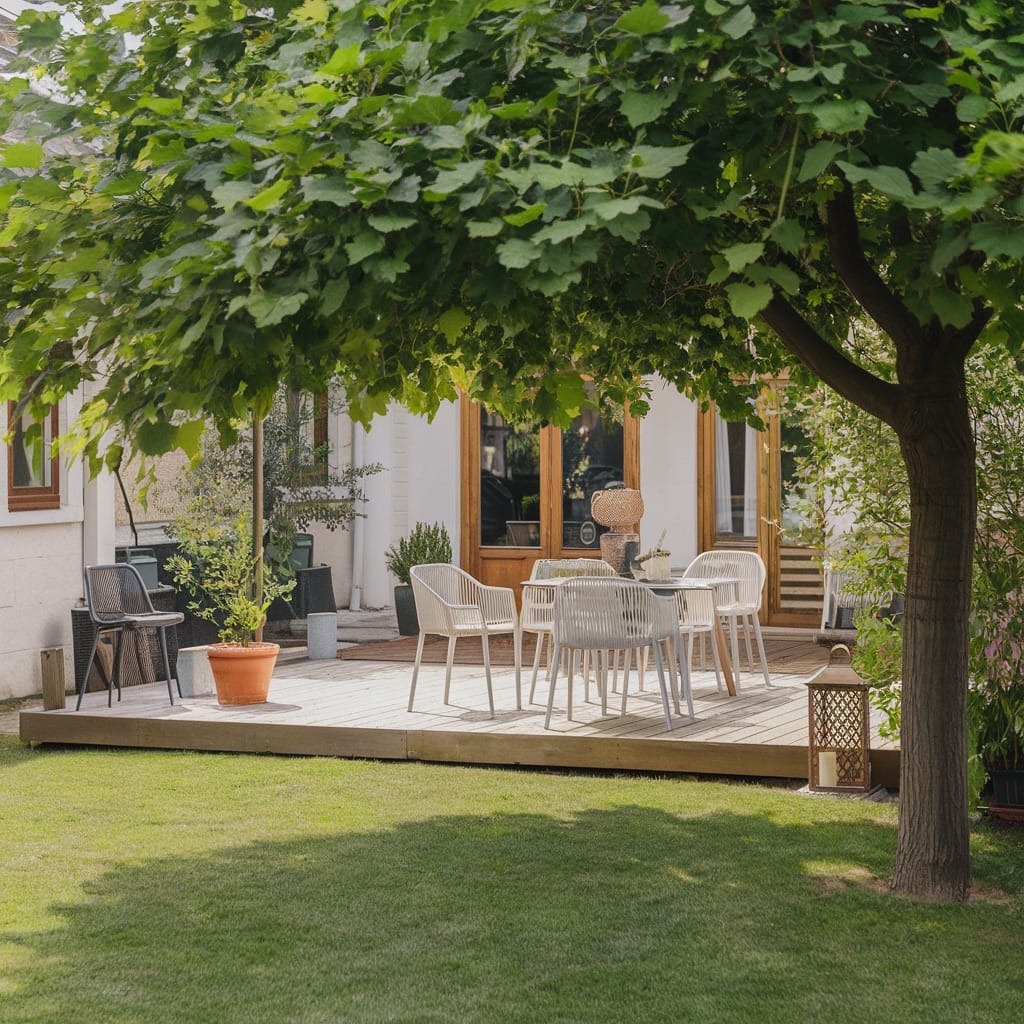Last updated on
When it comes to home improvement, few projects add as much both in terms of aesthetic value and practical benefits as fencing. Whether you’re looking to update the look of your property, enhance privacy, or provide security for your children and pets, choosing the right fence can be a daunting task.
With numerous options from materials to styles, making an informed decision is crucial. To help you in the process, we’ve distilled the most common fencing questions and answers for your convenience.
What Are the Most Durable Fencing Materials?

The durability of a fencing material largely depends on the environmental conditions it will face and the level of maintenance you’re willing to invest in. That said, the team for Fence & Gate Products – Fencing Products 2 U explains that metals like wrought iron and aluminum, along with certain synthetic materials such as vinyl and composite, are among the most resilient.
Wrought iron offers classic beauty and strength, although it requires regular painting to prevent rust. Aluminum, on the other hand, provides a rust-free, low-maintenance alternative with ample design versatility.
Vinyl and composite materials are prized for their ability to resist rot, pests, and weather without needing paint or stain, making them highly durable with minimal upkeep. Each of these materials has its unique benefits and drawbacks, so the best choice ultimately aligns with your specific needs, preferences, and environmental conditions.
What Fencing Style Is Best for Privacy?
For homeowners who prioritize privacy, solid fences made from wood or vinyl are typically the most effective choices. Wood fences, with their timeless appeal, can be built to various heights, offering a natural, customizable barrier that not only assures privacy but also adds warmth and character to the property.
Vinyl fencing, on the other hand, offers a similar level of privacy and comes with the added advantage of being low maintenance. Unlike wood, vinyl does not warp, splinter, or require repainting, making it a durable, hassle-free option. Both of these styles can be designed to complement the aesthetic of your home, ensuring that your private oasis doesn’t sacrifice style for function.
What Color Should I Paint or Stain My Fence?

When it comes to choosing a color for your fence, there are a few factors to consider. First, think about the style of your home and the overall aesthetic you want to achieve. If you have a traditional or rustic-style home, natural wood tones may be an excellent choice. For more modern homes, darker stains or bold colors can add a contemporary touch.
Additionally, consider the landscape and surroundings of your property. If you have lots of greenery or a natural backdrop, a neutral color may blend in better. On the other hand, if you have a more urban setting, a pop of color can add personality and curb appeal.
How Can I Make My Fence Stand Out?
Making your fence stand out involves adding unique elements that reflect your personal style while enhancing your property’s aesthetic appeal. Consider incorporating decorative posts, caps, or even artistic metalwork for a touch of elegance. For a more natural enhancement, integrating landscaping features such as climbing vines, shrubs, or flower beds along the fence line can add both beauty and privacy.
Lighting is another effective way to highlight your fence, with options ranging from simple solar-powered post lights to more elaborate, professionally installed landscape lighting. By focusing on these personalized touches, your fence can become an integral part of your home’s overall charm and character, rather than just a boundary.
The Takeaway
Whether you’re focused on function, fashion, or a little bit of both, the world of fencing has a solution for every need. By considering the above questions, you’re on the path to a fencing project that is as lasting as it is beautiful. Remember, when in doubt, consult with a professional to ensure the fence you imagine is the fence you install.
Recap:



